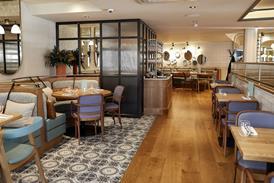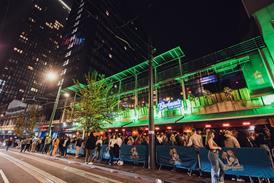Philip Harrison: A reflection on 40 years in hospitality

As he steps down as CEO of his eponymous design agency after 34 years at the helm, Philip Harrison looks back on how the vibrant sector has evolved over the decades
Alternatively SUBSCRIBE for unrestricted access to all content. Contact us for more information


























